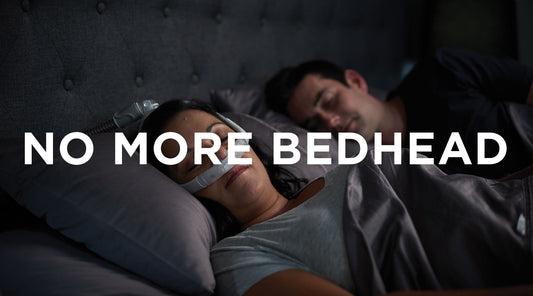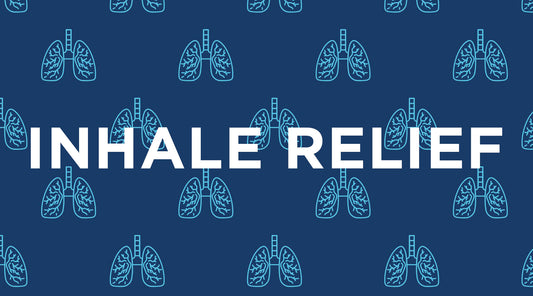For many pet owners, letting their furry friends sleep in bed is part of a comforting nighttime routine. But if you have sleep apnea and use a CPAP machine, there are some important factors to consider to ensure a safe and effective night’s rest. Here’s what you need to know about co-sleeping with pets while using CPAP therapy—what to do and what to avoid.
WHAT TO DO
- 1. Keep Your CPAP Equipment Clean: Pet dander, fur, and dust can quickly accumulate on your CPAP mask, tubing, and filters, potentially causing irritation or even reducing the effectiveness of your therapy. Clean your CPAP components regularly—ideally, daily for your mask and weekly for tubing and filters—to keep allergens at bay.
- 2. Use a HEPA Filter or Hypoallergenic Filter: If you allow pets in the bedroom, consider adding a HEPA air purifier to reduce airborne allergens. Some CPAP machines also have hypoallergenic filters, which can help trap pet hair and dust before they reach your airway.
- 3. Establish a Sleeping Arrangement: If your pet tends to move around a lot at night, consider setting boundaries. A pet bed next to yours or a designated blanket at the foot of the bed can minimize disruptions and prevent them from accidentally knocking your CPAP hose loose.
- 4. Use a CPAP Hose Cover or Hose Lift: Pets—especially playful cats and dogs—may see your CPAP tubing as a fun toy. A hose cover can protect the tubing from damage and make it less appealing for curious paws. A hose lift can also help keep it out of reach.
- 5. Watch for Allergies or Respiratory Irritation: If you notice increased congestion, sneezing, or eye irritation, your pet’s presence may be affecting your CPAP therapy. Regular cleaning and filter replacements can help, but if symptoms persist, you may need to reconsider allowing your pet in bed.
WHAT NOT TO DO
- 1. Don’t Let Pets Sleep Too Close to Your CPAP Mask: Pets may nuzzle against your face while you sleep, which can dislodge your mask or introduce fur directly into your mask’s air intake. Try to train them to sleep a bit farther away to prevent interruptions.
- 2. Don’t Place the CPAP Machine on the Floor: A CPAP machine placed on the floor is more susceptible to collecting pet hair, dust, and allergens. Always position it on a nightstand or elevated surface to minimize contamination.
- 3. Don’t Ignore Signs of CPAP Air Leaks: If your pet frequently moves in bed or brushes against your mask, you may experience mask leaks that reduce therapy effectiveness. If this becomes an issue, consider a more secure mask fit or a mask style that better withstands movement.
- 4. Don’t Overlook Potential Pet Allergies: Even if you don’t have known pet allergies, long-term exposure to pet dander while using CPAP therapy may lead to irritation. If you wake up congested or with a sore throat, reassess how close your pet sleeps to your breathing space.
- 5. Don’t Leave Your CPAP Tubing Unattended: Some pets love to chew on things, and CPAP tubing is no exception. If your pet is prone to chewing, make sure to store your tubing properly during the day to prevent damage.
Sleeping with pets can be comforting and beneficial for mental health, but it’s important to balance their presence with your CPAP therapy needs. By keeping your CPAP equipment clean, setting boundaries, and being mindful of potential allergens, you can enjoy both restful sleep and your pet’s companionship.






